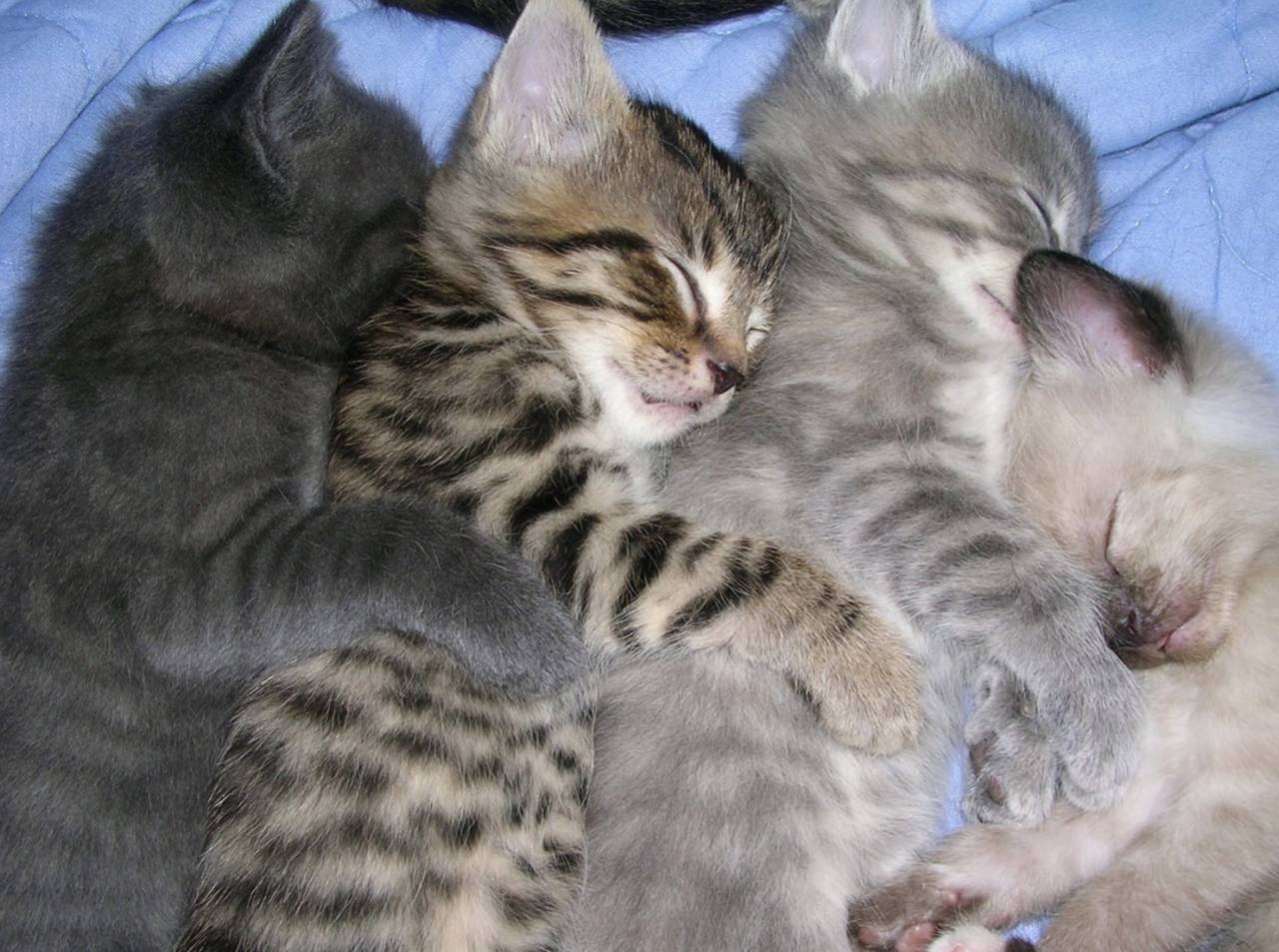Introducing a new dog or cat to your resident pet is not an easy task. Animals are territorial by nature. Your resident pet has claimed your home as his own. Furthermore, he has claimed you as his own. This is precisely why so few resident pets accept the presence of a new animal in a graceful manner. Unlike humans, pets do not shake hands or don name tags as social accessories. Yet this does not mean you should give up on adding a new pet to your household. It is possible to introduce pets in a safe way that prepares them for the cohabitation that will soon follow.
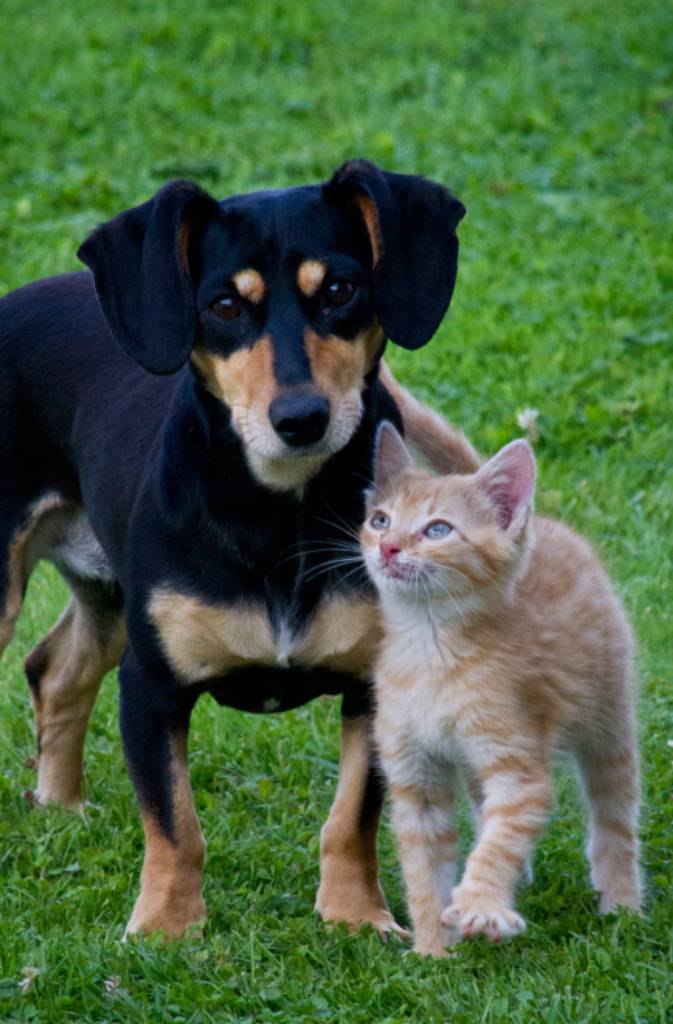
The most important thing to realize before bringing home your new furry friend is to accept the fact that your pets might not get along immediately upon introduction.
There is no way to tell if pets will get along until you actually give it a shot. Though plenty of pets are initially combative, some actually embrace the presence of another furry friend. There are some things you can do to ameliorate the process of assimilating these animals to one another as well as the home itself. The second most important thing to understand is that you need to be prepared and have a plan for the introduction. Adding another pet might not seem like a huge deal to you, but to your resident animal that has only known the inside of your home and your love, adding an intruder to the mix can really turn their world upside down and cause a great deal of stress.
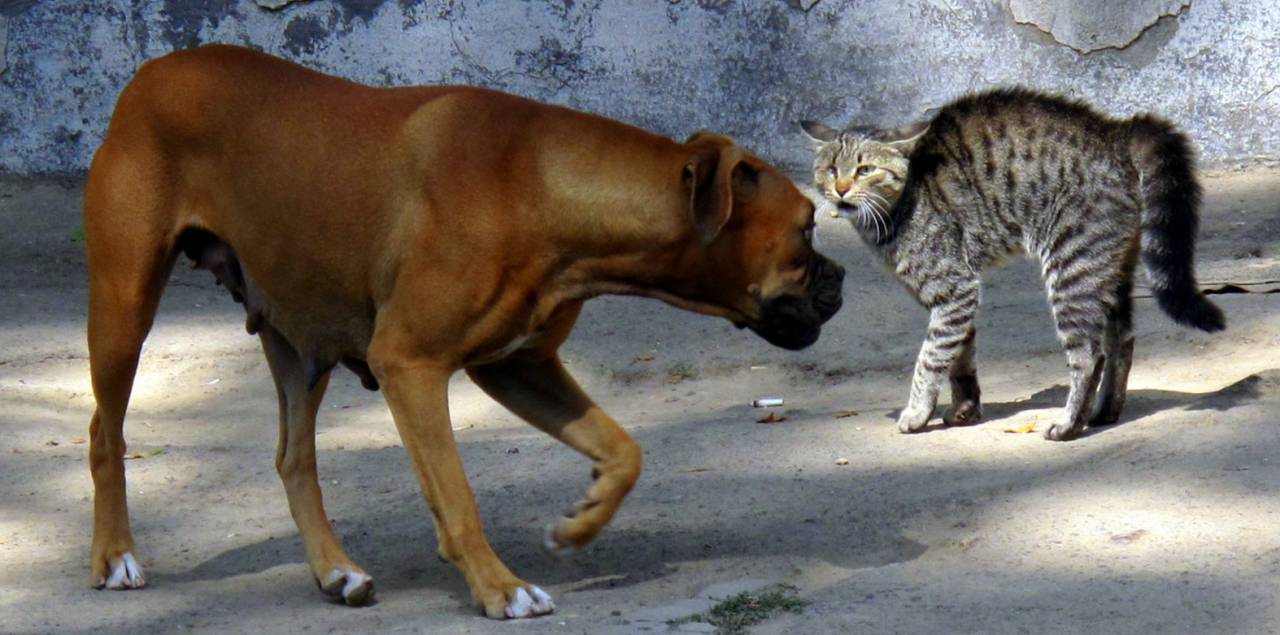
The good thing is, there is hope! You can be responsible for safely introducing two great animals and ultimately lay the groundwork for a beautiful friendship. The pet introduction process is a delicate period of time. Go slow, speak softly, and always think before acting. Put yourself in the position of your new pet as well as that of your resident pet. The new pet doesn’t understand why he was put in unfamiliar surroundings. He also does not understand why he has to live with another animal. Your resident pet will likely feel frustrated that he has to share his living space (and you) with another animal. They might mark their territory, take a swipe at the new pet or retreat to their favorite resting place in protest. Do not put either of them in a stressful position.
The best way for them to meet is through a barrier such as a kennel or a door. The new pet should be placed in a room and the resident pet should have free access to the house so that they don’t feel punished. This will transfer negative associations to the new pet. They should be able to smell each other and gain interest in each other before they actually meet face to face. This eases them into becoming familiar with the intruder and maintains a safe environment for both pets. Placing them in a room together and expecting them to develop an immediate rapport is an unrealistic expectation.
Consider feeding your resident pet and new pet on different sides of a room’s door. Eating in the vicinity of the other animal’s smell allows them to associate a positive activity (eating) with the smell of the other pet. Offering treats from underneath the door can translate to the other pet that they are not a threat, but rather a source of positive action. You can even add a toy into the mix—something that they can simultaneously play with under the door.
It’s important to allow this separation to continue until both animals are relaxed. This could take hours, days, or even weeks. Once a feeling of calm is achieved, switch the animals without letting them see each other for a few hours. Let the new pet get to know his new surroundings so that he doesn’t feel like the outsider. This also allows the resident animal to sniff around the new pet’s space and to become more familiar with their odors. Again, offering food, treats, and praise at this stage is key to a successful transition.
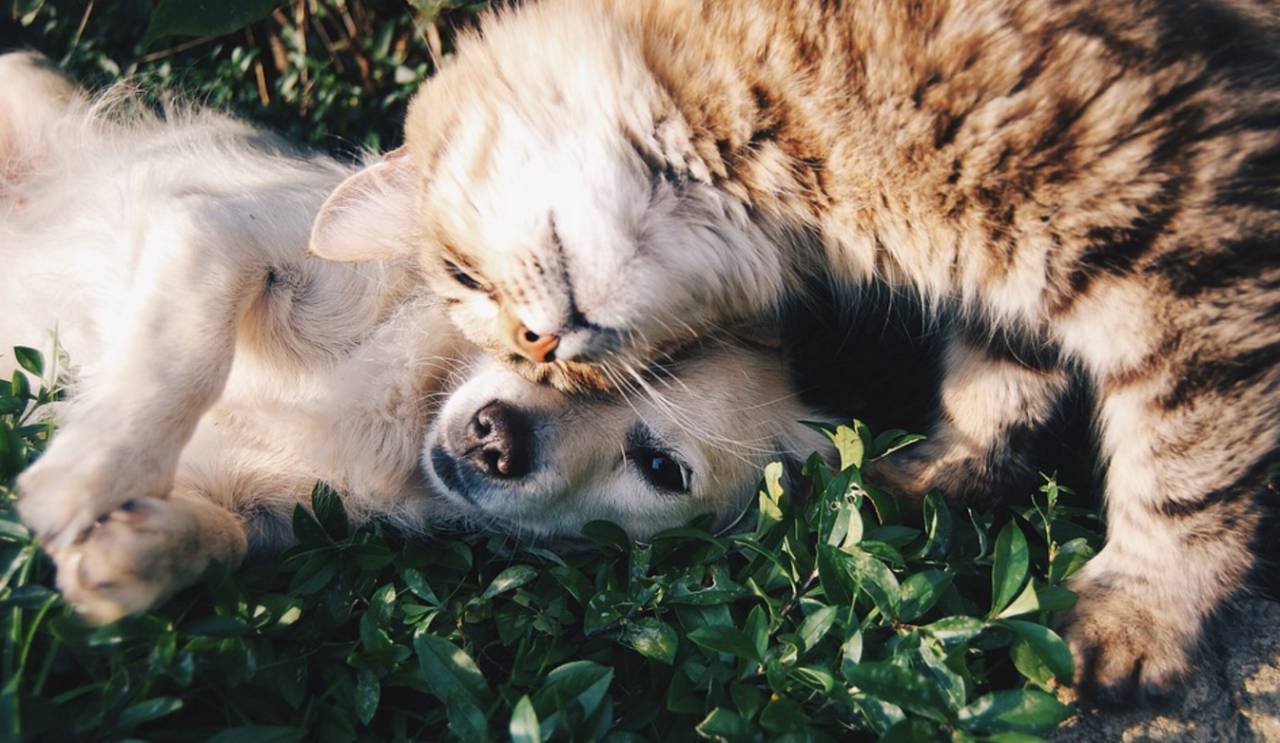
The next step, ideally, would be to allow them to meet face to face through a transparent barrier such as a children’s fence or a glass door. This allows for a safe environment where they can further get to know each other. It can also lessen the shock and subsequent aggression that can come from a first time meeting.
Introduction should take place in an area where they can easily escape if the situation becomes too stressful. The availability of a “safe zone” makes animals feel less on edge. If you put two animals in an empty room with no place to hide if introductions don’t go as planned, this will dramatically increase the already existing tension.
Try to maintain a sense of calmness. Animals are very perceptive and when their owners, new or old, are showing mounting tension in their body language, animals will pick up on this nonverbal communication and will also become agitated and fearful which usually leads to aggression. Speaking softly, offering treats to both animals, and acting “normal” like any other day will help alleviate any anxiety.
Don’t show favoritism to either animal. If your long-time pet understands that you will still spend time with them even though there is another animal in the home, he or she will be more likely to accept that animal’s presence.
Most cats do not like to share so don’t force your resident cat to give up ownership of anything but part of his living space. Put down separate litter boxes, separate food dishes and even separate toys. This way, your resident cat won’t feel as though he has to share everything. The same goes for your canine friends. Offer different food and water bowls in different locations at first and give each pet their own toys until they are friendly enough to share.
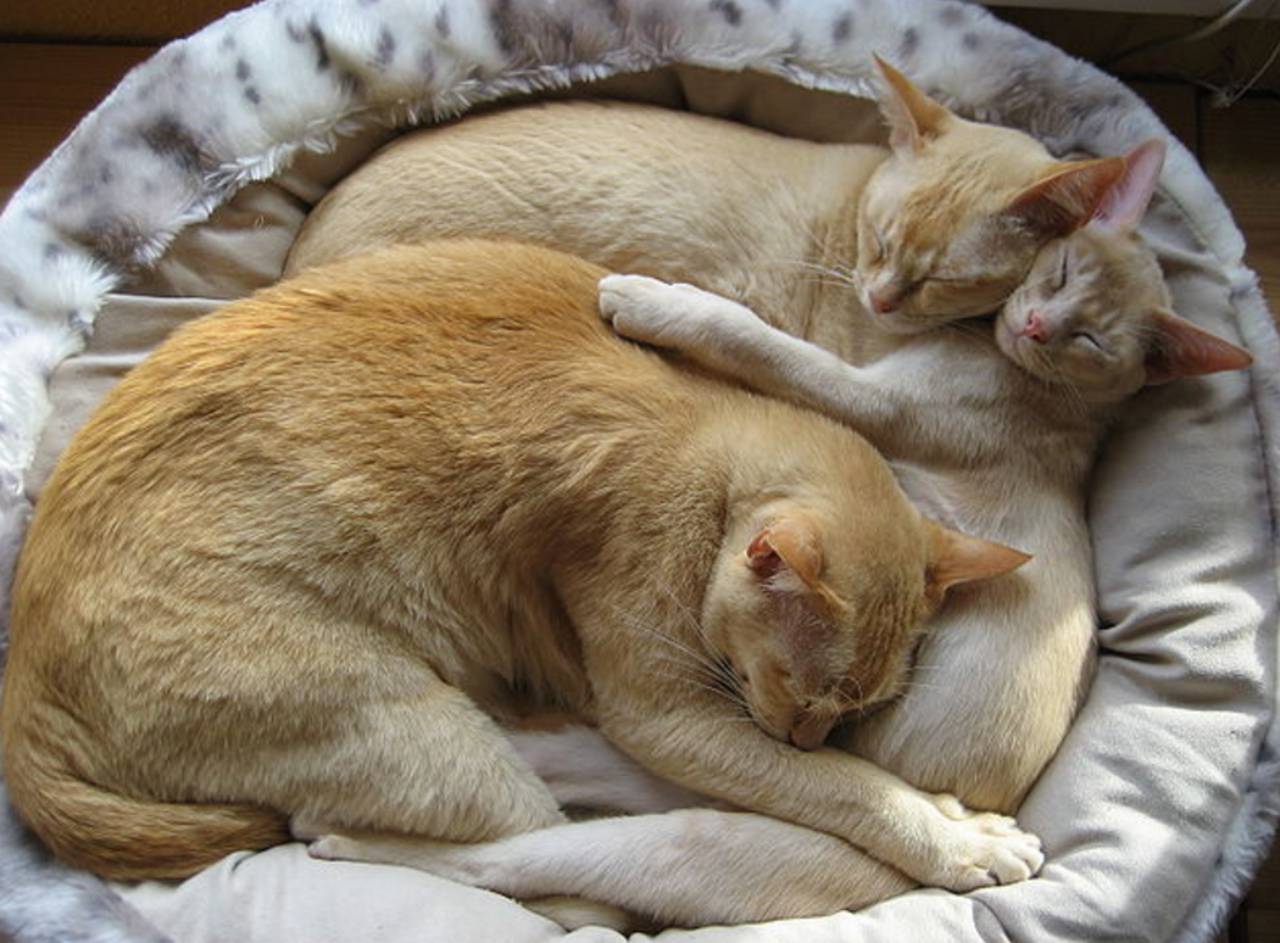
If you have multiple pets and are adding a new pet, it is best to let each resident pet meet the new pet on their own. Animals can easily engage in pack-like mentalities when it comes to protecting their territory, so letting two or more animals meet a new animal will not fare well for either parties. The new pet will feel intimidated and fearful and the resident pets will assume a position of superiority. If an impromptu introduction occurs, each animal has the capability of reacting in an uncharacteristic way from their generally gentle disposition.
What we want to achieve is to provide an environment that allows each pet to be their true and best selves, which most likely is a fun, lovable, and easy going pet that just wants to feel welcomed, loved, and an important addition to the family. The resident pet doesn’t want to feel that he is being replaced or that they should be fearful in their own home. Likewise, the new pet doesn’t want to feel that they aren’t being welcomed or loved, or that they should be fearful of an aggressive resident pet.

The goal is naturally the same for everyone—peace and friendship. The only variable is the route you take to introduce them. You can greatly affect their future relationship within the first few days of the new pet’s arrival so be prepared, have a plan, and cultivate a beautiful animal friendship. They’ll be snuggling together in no time at all!
